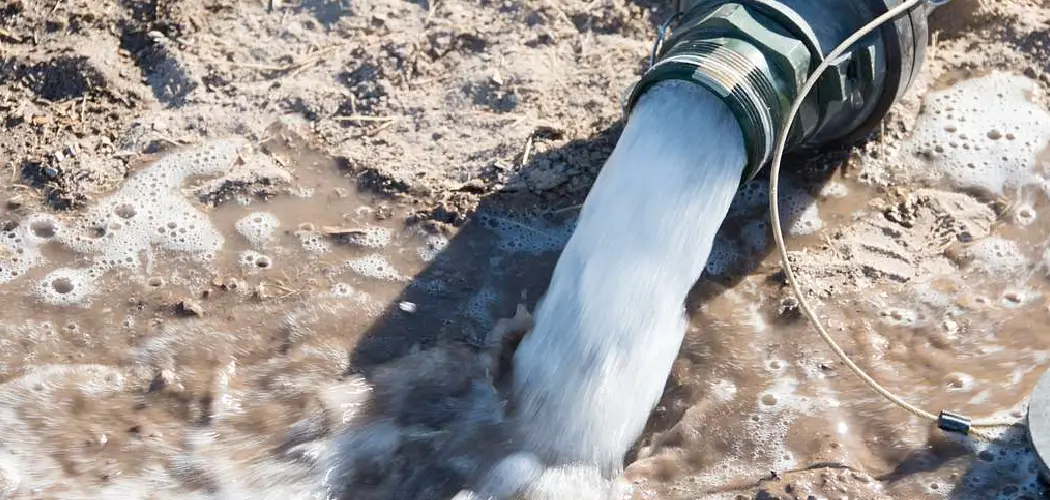Air in water pipes can lead to various problems, including noisy plumbing, reduced water pressure, and even damage to the pipes themselves. Understanding how air enters the system and identifying effective methods for elimination is crucial for maintaining optimal water flow and ensuring the longevity of your plumbing infrastructure.
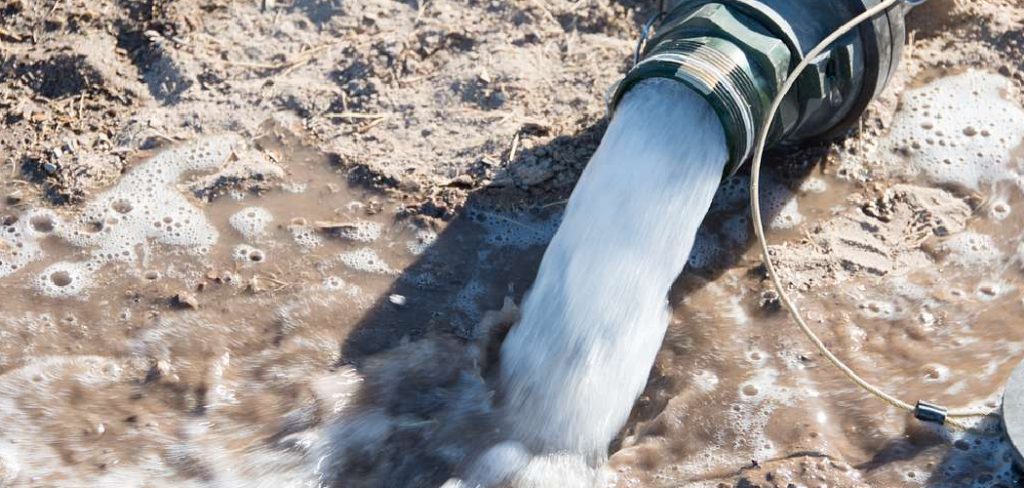
In this guide, we will explore how to eliminate air in water pipes, the impact it can have on your system, and various techniques you can employ to remove it efficiently. By addressing these issues, you can enhance your plumbing’s performance and prevent future complications.
Understanding the Causes of Air in Water Pipes
Air can enter water pipes through several mechanisms, leading to the issues commonly experienced by homeowners. One primary cause is related to the installation of new plumbing systems, where air may become trapped during the filling process.
Additionally, fluctuations in water pressure, often caused by repairs or maintenance activities, can create a vacuum that pulls air into the pipes. Furthermore, aging or damaged pipes may develop leaks, allowing air to seep in over time. Regular maintenance and monitoring of your plumbing system can help identify and address these causes before they lead to more significant problems.
Common Scenarios
Understanding when air becomes trapped in your water pipes can help you address issues more effectively. One common scenario occurs after a plumbing repair or installation, where air may be inadvertently introduced during the process. Homeowners might also experience air in their pipes after turning off the main water supply for an extended period, as this can cause pressure changes that draw air into the system.
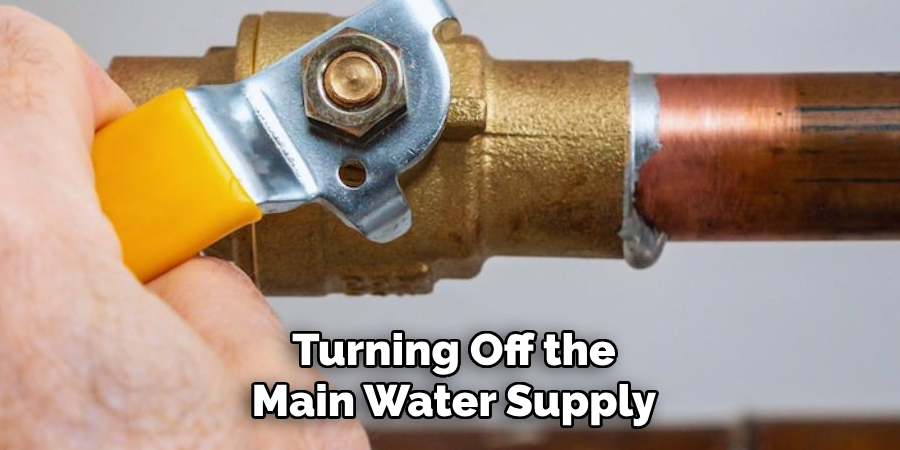
Another situation arises when using appliances that require large volumes of water, such as washing machines or dishwashers, which may create air pockets if not properly vented. Lastly, seasonal changes, like the transition from winter to spring, can lead to expansions and contractions in the pipes, potentially allowing air to infiltrate. Recognizing these scenarios will help in taking timely actions to purge air from your plumbing system and restore optimal performance.
10 Methods How to Eliminate Air in Water Pipes
1. Use of an Automatic Air Vent
Automatic air vents are one of the most effective ways to eliminate air from your water pipes. These devices are installed at high points in your plumbing system, where air bubbles tend to collect. As air gathers in the system, the vent automatically releases it, ensuring a continuous flow of water without air pockets.
These vents require minimal maintenance and can be installed by a professional plumber to ensure they are placed in the most strategic locations. The consistent release of air prevents the buildup that often leads to noisy pipes and uneven water flow.
2. Manual Bleeding of the System
If your plumbing system lacks automatic air vents, manually bleeding the system can be an effective alternative. This involves opening the highest faucet in your home and allowing water to run until the air is forced out. Starting at the highest point allows the air to be pushed down and out through the pipes.
Begin by turning off the water supply to prevent more air from entering the system, then open each faucet, showerhead, or valve, working from the lowest point to the highest point in the building. Once the air is expelled, close the faucets in reverse order. This method is simple but requires careful monitoring to ensure all air is successfully removed.
3. Use of a Garden Hose to Purge the System
A garden hose can be an effective tool for purging air from water pipes. By attaching the hose to the lowest outdoor faucet and letting water run through the entire system, you create a forced flow that pushes the air out of the pipes. The key here is to ensure that the water flows consistently through the hose without interruption.
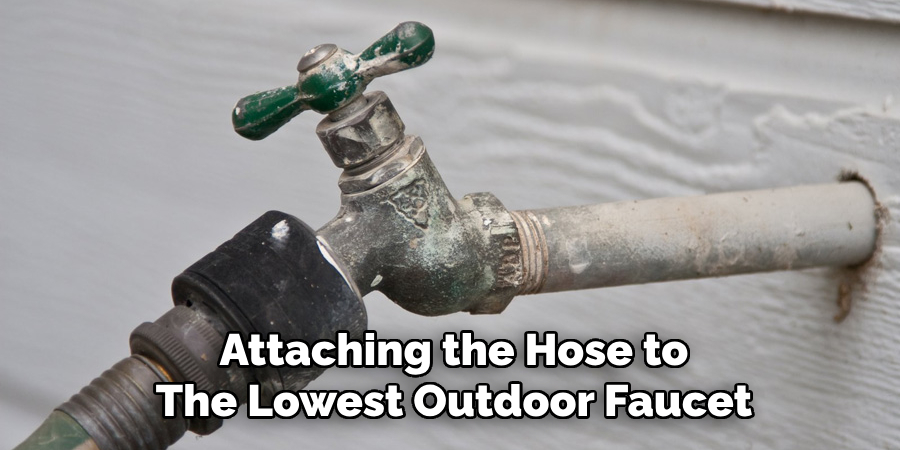
Once the air has been purged, you can reattach the hose to other faucets to repeat the process for any remaining sections of the plumbing. This method works particularly well in cases where air is trapped in long horizontal runs of pipe.
4. Inspect for Leaks in the Plumbing System
Air can enter water pipes through leaks, so ensuring that the plumbing system is airtight is crucial. Inspecting for leaks and repairing them immediately will help prevent air from getting trapped in the system. Common signs of leaks include damp spots on walls or floors, dripping faucets, and unusual increases in water bills.
Once leaks are identified, using plumber’s tape or pipe sealant can often resolve the issue. In more severe cases, professional repairs might be needed. By eliminating leaks, you reduce the chances of air infiltration and improve water flow.
5. Use of Water Hammer Arrestors
Water hammer arrestors are designed to absorb the shock caused by air in the pipes, reducing noise and preventing damage. When water suddenly stops or changes direction due to air pockets, it can cause a loud banging noise, which is disruptive and may harm the plumbing.
Water hammer arrestors are installed at key points in the plumbing system and help dampen these pressure waves. They are particularly effective in homes with older pipes, where air and water pressure issues are more common. Installing these devices can prevent recurring air issues and prolong the lifespan of the plumbing system.
6. Use of a Pressure Relief Valve
Installing a pressure relief valve can help eliminate air from water pipes by regulating water pressure within the system. High water pressure can cause air pockets to form, so adjusting the pressure to a more stable level helps prevent air from entering the pipes. Pressure relief valves are typically installed near the main water line and can be set to release excess pressure.
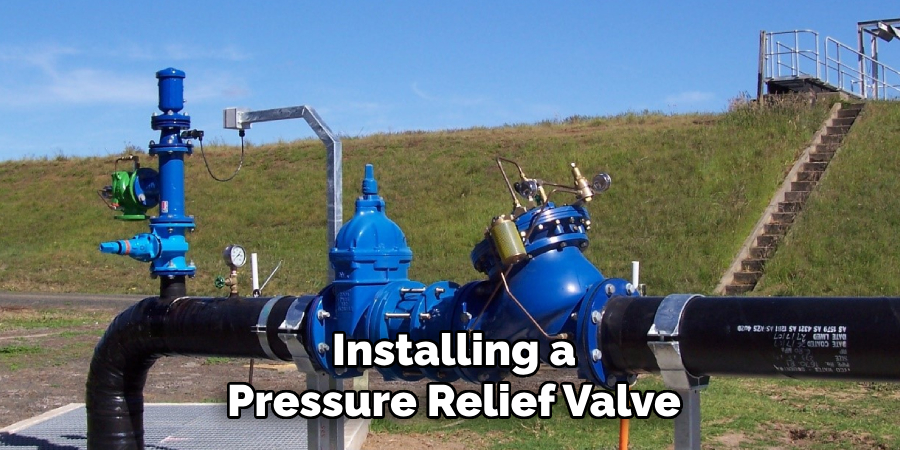
When pressure is reduced, any trapped air is forced out through faucets or other outlets. This method ensures that both air and water pressure issues are resolved, improving the overall performance of the plumbing system.
7. Flushing the Entire Plumbing System
In some cases, a full flush of the plumbing system is necessary to eliminate trapped air. To do this, turn off the main water supply and open all faucets and valves throughout the house, allowing them to run until no more water comes out. Once the system has been drained, turn the water supply back on and allow the water to flow through the pipes, pushing any remaining air out.
This method is particularly useful when dealing with larger systems, as it ensures that all air pockets are completely removed. Flushing the system can also help remove sediment and other debris that may be contributing to air buildup.
8. Check and Replace Air Chambers
Some plumbing systems have built-in air chambers that help prevent air from becoming trapped in the pipes. Over time, these chambers can become waterlogged and stop functioning properly. To fix this, the system must be drained and the air chambers refilled. Begin by turning off the main water supply and draining the system completely.
Once the water is drained, air will refill the chambers, restoring their function. This process can be repeated periodically to ensure that the air chambers continue to work efficiently. If the air chambers are damaged, they may need to be replaced by a professional.
9. Use of a Wet Vacuum for Air Removal
A wet vacuum can be an innovative and effective way to remove air from water pipes, especially in smaller systems or localized areas. By attaching the vacuum to the open end of a pipe, you can create suction that draws out trapped air pockets. This method works well when air is localized in one specific section of the plumbing system, such as a sink or shower.
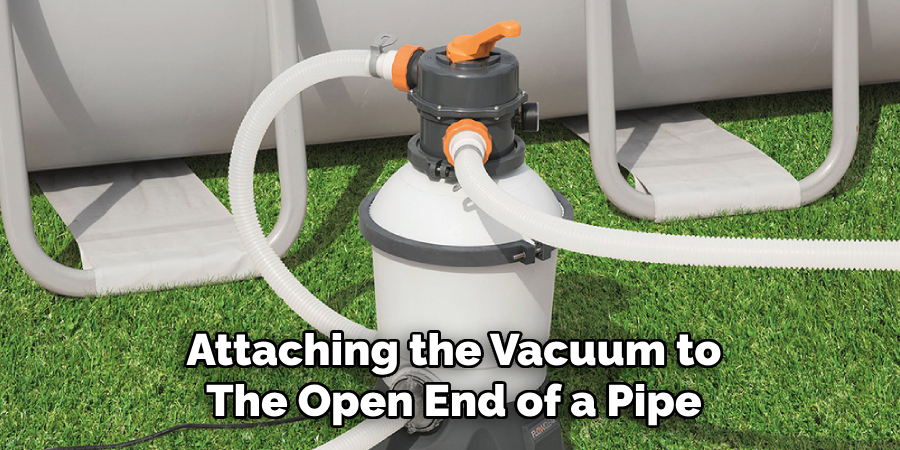
After removing the air, be sure to monitor the system for any signs of recurring problems. Using a wet vacuum can provide a quick fix, but for more widespread issues, additional methods may be needed.
10. Professional Air Testing and System Inspection
In cases where air problems persist despite attempts to purge the system, it may be time to consult a professional plumber. Plumbers have specialized tools for testing air pressure and pinpointing the exact location of trapped air. They can also inspect the entire plumbing system for underlying issues, such as blockages, leaks, or pressure imbalances, that may be contributing to the problem.
Professional inspection is particularly important in older homes, where air and water pressure issues can be more difficult to diagnose. A plumber can recommend long-term solutions, such as the installation of new air vents, pressure regulators, or even a complete system overhaul if necessary.
Conclusion
Addressing air issues in plumbing systems is essential for maintaining efficient water flow and preventing potential damage. By employing various strategies, such as purging air from the pipes, sealing leaks, and utilizing devices like pressure relief valves and water hammer arrestors, homeowners can significantly improve their plumbing systems.
Regular maintenance, including inspecting air chambers and flushing the system, also plays a crucial role in sustaining optimal performance. Thanks for reading, and we hope this has given you some inspiration on how to eliminate air in water pipes!

